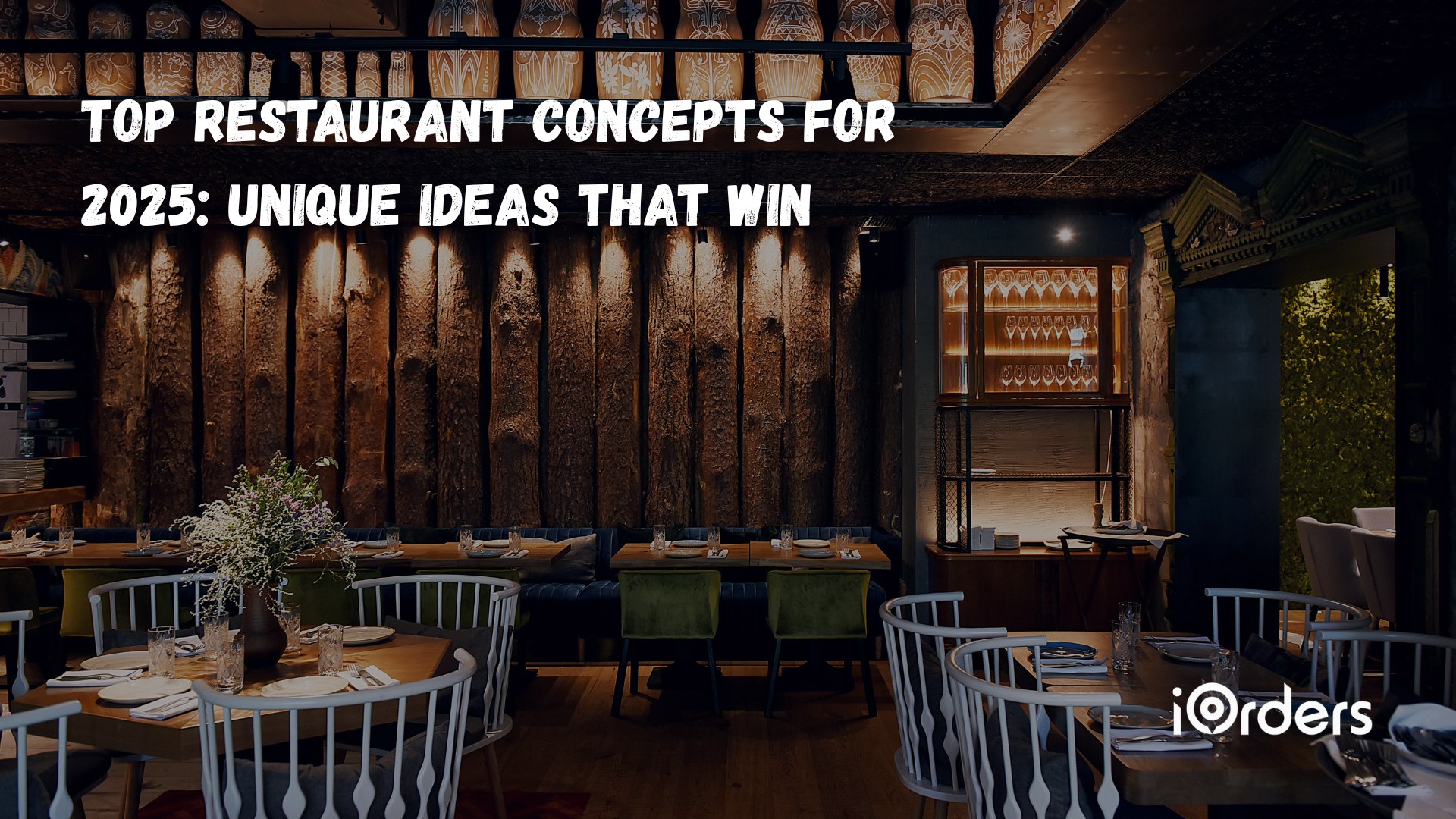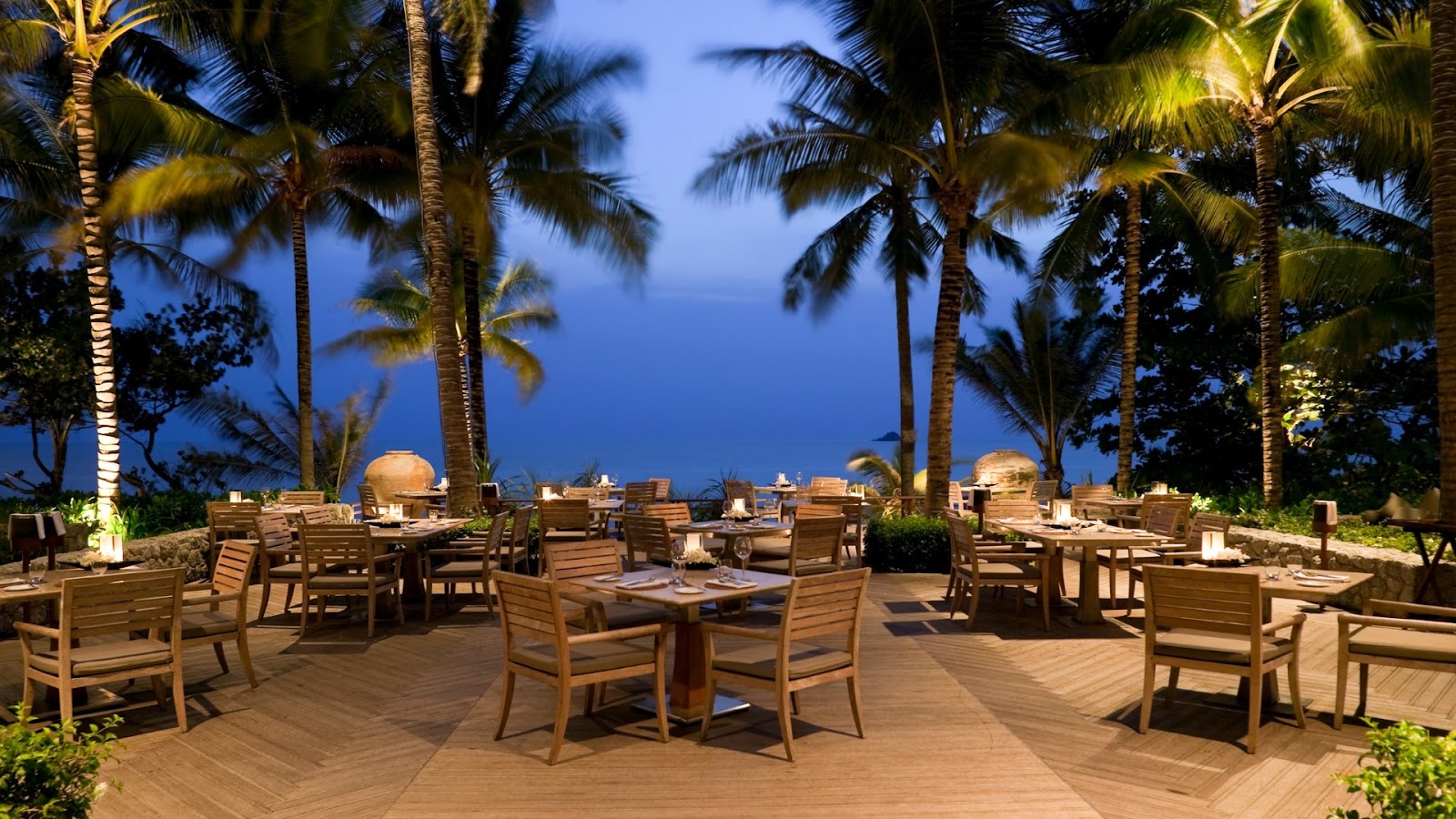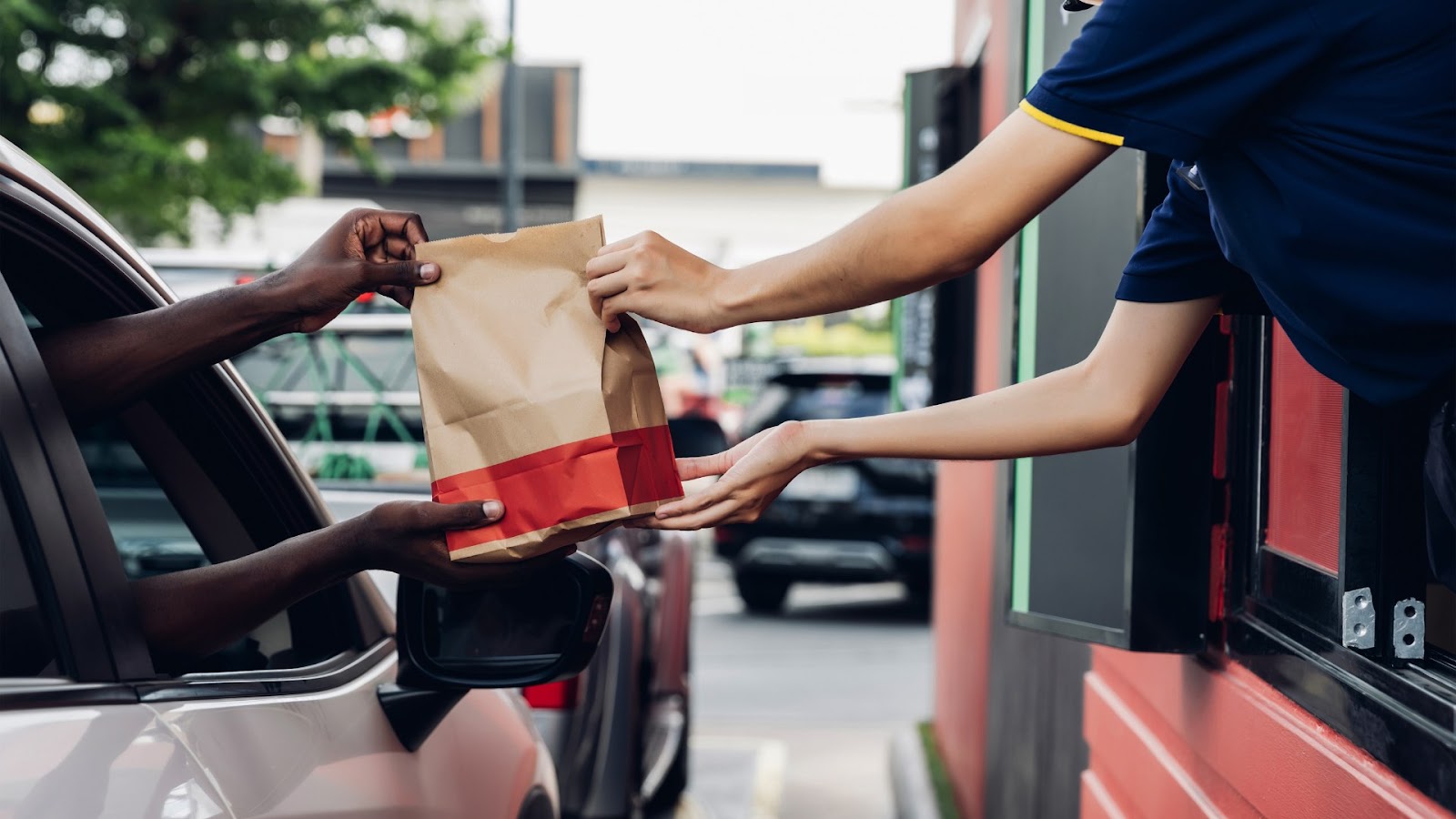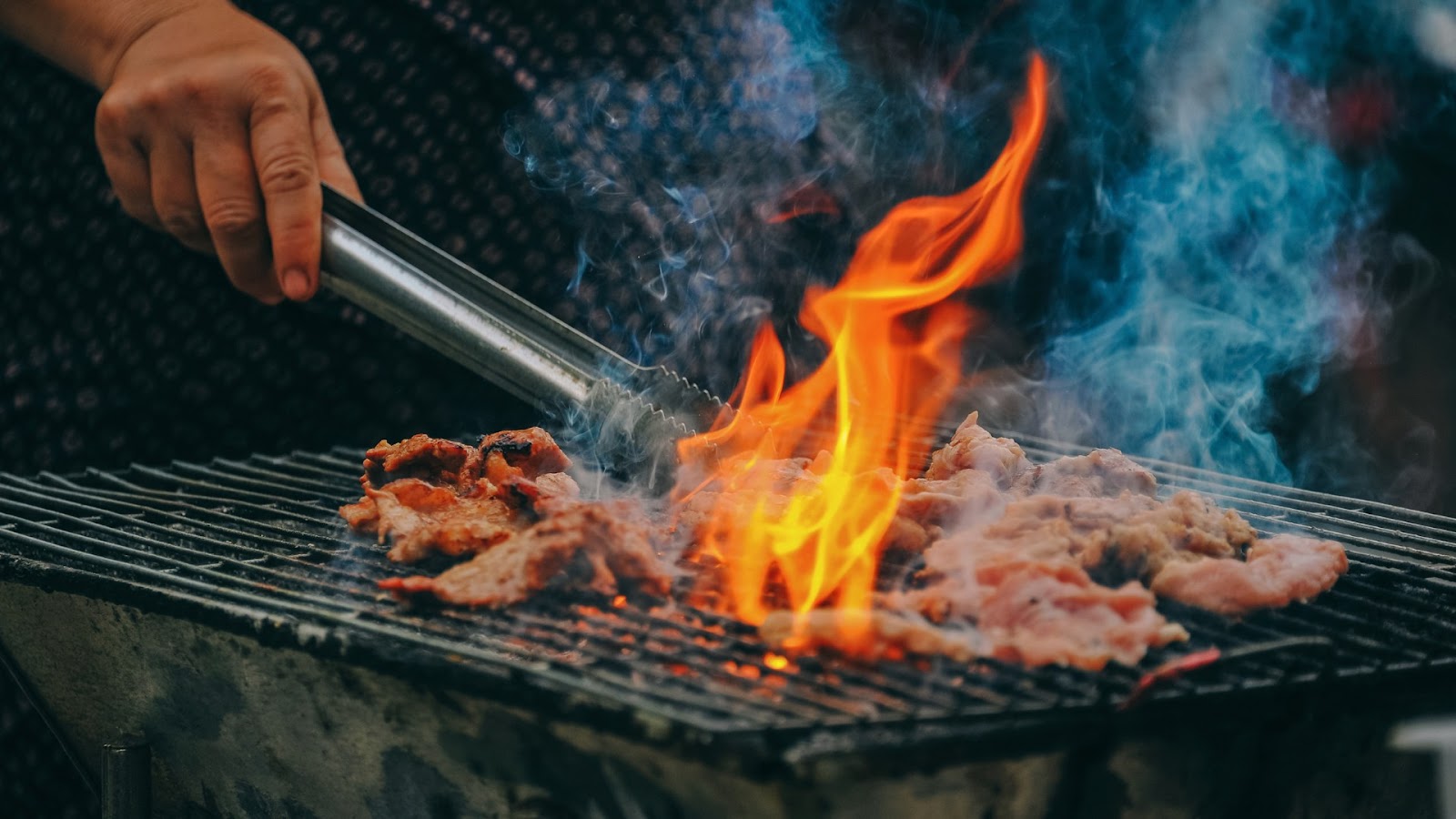July 31, 2025

Great food alone isn’t enough to win in the restaurant business anymore. Today’s diners are looking for more. A unique experience, a compelling story, and a brand that aligns with their lifestyle. That’s where your restaurant concept makes all the difference.
Whether you're launching your first venture or rethinking an existing setup, choosing the right concept is your foundation. It influences everything from your menu and service style to your tech tools and marketing game.
In this blog, we’ll walk through standout restaurant concepts that are gaining momentum in 2025. From tech-first models to conscious dining trends, you’ll find practical ideas to build a restaurant that doesn’t just open doors, but fills seats and earns loyalty.
As competition grows, standing out is no longer optional. The most successful restaurants are going niche, creating focused, compelling experiences that spark curiosity and keep customers coming back.

These concepts work because they align deeply with customer values, preferences, and everyday habits. From hyper-local sourcing to cultural authenticity and visually-driven menus, here are a few focused formats that continue to draw attention and build loyalty.
This approach is about more than just freshness. Farm-to-table restaurants tell a story that resonates with conscious diners. Whether it’s sourcing ingredients from within a 100-km radius or collaborating with farmers on seasonal menus, transparency becomes a brand strength.
Pro Tip: Hosting farm pop-ups or “meet your grower” events can boost both engagement and credibility.
What started as a niche is now a growing mainstream preference. Plant-based dining is attracting health-first consumers, environmental advocates, and flexitarians looking for delicious alternatives. And the demand isn’t just in metros anymore.
Pro Tip: Reimagine comfort classics like burgers or korma in plant-based form to appeal to a broader audience.
Restaurants that stick to a single regional cuisine often develop a stronger brand identity than those offering a little of everything. Whether it’s a Kashmiri wazwan kitchen or a Korean BBQ bar, specificity builds trust and attracts foodies looking for real flavor.
Idea: Create a tasting platter that helps newcomers explore multiple authentic dishes at once.
Also Read: How to Start a Self-Service Restaurant in 2025?
These spaces succeed because they are equal parts food and experience. Whether it’s a pastel-hued café with mochi and matcha or a dark, gothic bar serving flaming desserts, it’s the vibe and photo-worthiness that bring people through the door.
As consumer expectations shift toward speed and convenience, restaurants are leaning into technology not just for efficiency, but for differentiation.

Tech-first concepts are redefining how restaurants operate, deliver value, and scale. Whether you're launching a virtual brand or building loyalty with AI, these ideas can future-proof your business.
These are delivery-only kitchens that operate without a traditional storefront.
Touchscreens, QR menus, and mobile ordering simplify operations and reduce staffing.
Pro Tip: Combine self-serve models with smart upselling during checkout for increased average order value.
Loyalty is no longer about stamps. It's about data.
No physical store. No rent. Just good food and great digital storytelling.
Tip: Build a strong visual identity; photography and packaging are key to customer retention for digital brands.
Use iOrders to power your self-serve, delivery-only, or loyalty-enabled restaurant. From QR code ordering to WhatsApp campaigns, iOrders helps new-age formats launch fast and scale efficiently.
Consumers aren’t just choosing where to eat, they’re choosing how to eat. Hybrid models are giving them the freedom to dine their way.

Today’s most successful restaurants aren’t tied to one channel. They’re blending dine-in, delivery, takeaway, and even retail into a single, seamless experience. The result? Higher margins, stronger brand presence, and a customer base that sticks around.
Gone are the days of choosing between being a dine-in spot or a delivery kitchen. Customers now expect restaurants to offer everything — without compromising on quality or experience.
Restaurants are making it work by:
Subscription dining is changing how customers engage with restaurants. Instead of one-off transactions, guests opt into long-term relationships — often in exchange for savings, convenience, or exclusive perks.
Why it works:
Tip: Use limited-time trials or “first month at ₹1” offers to convert curious users.
Customers often want to recreate their favorite restaurant meals at home, and this is a chance to monetize that desire. Restaurants are turning signature items into premium DIY products.
Ideas to explore:
Pro Tip: Display QR codes on packaging that link to preparation videos or playlist-style cooking tips.
Also Read: Top Strategies to Get More Repeat Customers for Restaurants
Generic loyalty points are fading fast. What today’s diners crave are meaningful rewards, the kind that make them feel seen and valued.
Next-gen loyalty programs offer:
More diners are choosing value over convenience. Sustainability is no longer a “nice to have,” it’s a major factor influencing where people eat.

Eco-conscious dining is shaping the future of restaurants. From zero-waste kitchens to climate-positive menus, forward-thinking brands are building models that appeal to ethically driven customers while cutting operational waste and costs.
Minimizing waste is a smart way to cut expenses and stand out.
Key strategies include:
Pro Tip: Partner with local composting startups to create a closed-loop waste system.
A growing number of restaurants are highlighting the environmental impact of each dish. This transparency builds trust and drives better choices.
What this could look like:
For Example:
Tip: Let customers filter menu items by sustainability rating when ordering online.
Sustainability doesn’t end at the kitchen. Many conscious diners now expect restaurants to walk the talk across their entire value chain.
Best practices include:
Quick Win: Add a toggle for “Use reusable container” at checkout with a small incentive.
Being sustainable isn’t only about the environment — it also means creating social value. More brands are weaving social missions into their core.
Models that work:
Also Read: Top 10 Most Profitable Food Business Ideas 2025
As restaurants compete not just on taste but on memory, the “wow factor” is becoming the main course. Experiences now drive word-of-mouth, social shares, and return visits.

Modern diners are craving more than just a meal — they want a story, a spectacle, a sense of exclusivity. High-experience concepts are turning dinner into a curated event, helping brands carve out a niche and charge a premium.
Fine dining meets performance art. These intimate, reservation-only setups let chefs showcase creativity while giving guests a front-row seat to culinary storytelling.
How it works:
This concept fosters exclusivity, attracts foodies and influencers, and ensures menu consistency, thereby becoming a key selling point for diners.
Give guests a chance to get their hands dirty — in the best way. Interactive formats create conversation and deepen brand connection.
Popular formats:
Tip: Add guided instructions through tablets or printed menus to make DIY feel premium, not chaotic.
Food and performance are both sensory experiences — so why not combine them? These concepts work especially well in metro nightlife hubs.
Types of entertainment that elevate dinner:
If the experience keeps changing, diners keep returning. Temporary setups or constantly evolving menus create urgency and curiosity.
Models to explore:
Example:
Pro Tip: Use limited booking slots and pre-payments to create scarcity and reduce no-shows.
As dining habits shift from convenience to connection, restaurants are evolving into local hubs, places where people don’t just eat, but belong.

Restaurants are no longer just about service and sales. For many brands, community is the key differentiator. These spaces prioritize neighborhood engagement, local partnerships, and human connection, and they often build loyal repeat business as a result.
This model focuses on embedding the restaurant deeply into the daily life of its locality, becoming the go-to for coffee, lunch, events, or even errands.
Key features:
Restaurants can double as mini cultural spaces. Showcasing local creativity helps you build a distinct identity and creates mutually beneficial exposure.
Ideas to implement:
Tip: Promote these events through local WhatsApp groups and community bulletin boards.
Especially in urban areas, flexible work culture has opened a niche for co-working-friendly restaurants.
Smart features to include:
Food brings people together, and family-style dining takes that literally. Think big tables, shared platters, and a vibe that’s more “home-cooked” than “fine dining.”
What makes it appealing:
Tip: Introduce communal dining on special nights, like a “Thursday Community Dinner” with a pre-fixed menu and shared seating.
You’ve got the idea. Now it’s time to turn it into a fully operational, tech-enabled restaurant that feels seamless from day one. That’s where iOrders comes in.

Whether you’re planning a ghost kitchen, a dessert bar, or a co-working café hybrid, iOrders provides the backbone for smooth, scalable operations.
Here’s how:
Choosing the right restaurant concept is about finding the sweet spot between what excites you, what your target customers crave, and what fits your location and budget.
With a clear vision and the right tech tools behind you, you’re not just opening a restaurant, you’re building an experience that can grow and evolve with your audience.
Ready to bring your concept to life? Book a free demo with iOrders and take the first step toward a smarter, smoother launch.
1. How do I choose the best restaurant concept for my location?
Start by researching local demand, cuisine gaps, and lifestyle trends. Your concept should solve a need or create a compelling new experience in that market.
2. What restaurant ideas work well for first-time entrepreneurs?
Delivery-only brands, themed cafés, and pop-ups are often easier to manage and scale, especially when you're starting lean.
3. What makes a restaurant concept stand out?
Unique customer experiences, memorable branding, and a clear value proposition — whether that's sustainability, exclusivity, or convenience — can set you apart.
4. Is it risky to mix dining formats, like takeaway and dine-in?
Not if done right. Many successful restaurants now combine formats to increase reach and revenue. The challenge is in creating a smooth and consistent experience across all channels.
5. Can I change my concept after launch?
Yes. Many brands pivot or refine their concept as they gather feedback. What matters is staying responsive and committed to quality.